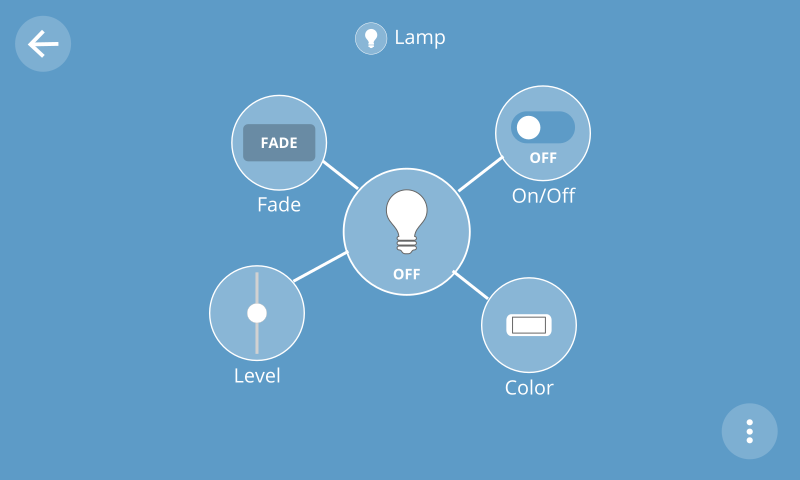Hey everyone … just want to mention to everyone, that there are some serious limitations to this approach. I've built a raspberry pi e-nail, and the main issue I encountered was getting the PID library to be stable and to be very responsive; there are no good quality commercial or free libraries that I found that perform acceptably. I also implemented the ArduPID library and a few variations in typescript/NodeJS to test, as well as a full UI that could operate it over both web and Bluetooth.
I've also built a "in-between" e-nail controller, (eNail Magic), which uses a raspberry pi zero to interface in between your PID and your coil to run "scripts" or "profiles" that can turn on/off the coil based on temperature and timeouts, etc. and play audio/display icons/text on OLED display etc., and this works wonderfully. The interface for this in-between controller is all Bluetooth.
Anyways, I'd be willing to share my code for running the e-nail (it's far from complete, and I don't love it … the eNail Magic code is much better). It was just a quick prototype that was intended as a proof of concept.
I abandoned the raspberry pi e-nail project on it's own, as I feel that the implementation of PID control on the Pi is not worth the trouble. One can get an Omron E5CC with RS-485 interface for <$100 and this could then be controlled from a raspberry pi thus getting the best of both worlds (Industrial quality Omron PID control with the flexibility of a custom system with Bluetooth, WiFi, etc.)
Anyways … don't mean to discourage everyone, but unless someone can nail down the PID algorithm on the Pi, the rest is a moot point, as without accurate temp control, what is the point of this project? To this end, I would gladly share my code, I'll even get it working on hardware that is identical to the wiring diagram if someone wants to send me an Orange Pi board.
I can also provide instructions on how where the PID code is and what to play with, how to run it,, adjust P.I.D. settings, etc.
Edit: Just to clarify a little bit here … the code is licensed under creative commons non-commercial, so it belongs to me right now (and all derivative work does as well, but can be freely used/extended for non-commercial purposes).
That being said, if someone gets the PID control working right on the Pi, I'd be willing 100% fully open source the requisite code to get a basic system working in combination with this PID library (if we can get a quality raspberry Pi/typescript library created out of this, that would be an accomplishment, there have been quite a few attempts, and I'm sure I spent a good 100 hours on it … and I'm yet to see a success story in this regard …)







